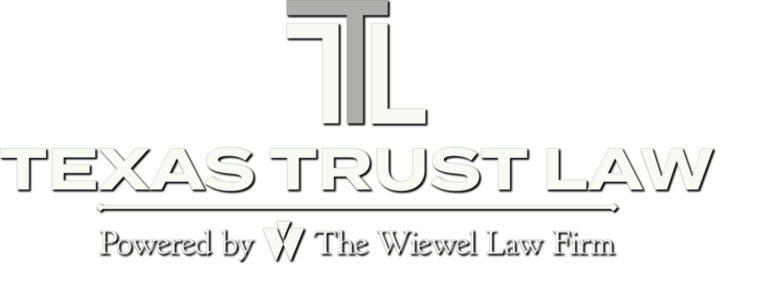
Estate Planning with Annuities can be Complex
Estate planning can seem daunting. If you’re new to it, you have to learn about power of attorneys, trusts and much more. However, this effort can pay off many times over for you and your loved ones. Once you have a handle on the basics, you can start incorporating advanced strategies into your estate planning such as annuities. Nerdwallet makes the case that having good estate planning is important, and annuities are a vital tool to consider. Estate planning with annuities can be complex.
Annuities are insurance contracts that offer a series of payments over time. These contracts can pay out for a set period or the rest of your life. People often use them to manage retirement income.
Annuities have two phases. An accumulation phase is where you contribute money to the fund, and a withdrawal phase is where the contract pays out. Leaving your money in an annuity during the accumulation phase gives it room to grow tax deferred.
Annuities offer income security, tax advantages and legacy planning opportunities. Not only can you fund your retirement, but you can ensure a steady income stream for your beneficiaries. Annuities are a flexible tool to hedge against volatile markets and achieve financial security.
One of the primary reasons to include annuities in your estate plan is to provide for your heirs. According to Charles Schwab, there are three strategies you can consider during the accumulation phase:
Cash out your annuity if you’re at the end of its surrender period, though be aware of potential charges and taxes. This option provides immediate liquidity, which can be useful for other estate planning needs. However, you may suffer fees or tax penalties related to the early withdrawal.
Moving ownership to a non-grantor irrevocable trust will remove your annuity from your estate to benefit your heirs. This strategy can protect the annuity’s value from creditors and reduce estate taxes.
Make periodic withdrawals during the accumulation phase to take advantage of favorable tax treatment. Regular withdrawals can help you manage your income and tax liabilities more effectively and provide funds for other investments or expenses. This approach allows you to access the annuity’s value without triggering large tax penalties.
Once your annuity enters the payment phase, you have different options to support your estate planning goals:
- Annual Gifts to Heirs: Make annual gifts using annuity distributions. This will reduce your taxable estate, benefit your loved ones and comply with annual gift restrictions.
- Purchase Life Insurance: Use payouts to fund life insurance premiums. By setting up one of these policies, you can provide a tax-free inheritance for your beneficiaries.
- Charitable Donations: Donate annuity payments to reduce taxable income and support charitable causes.
- Reinvestment: Reinvest annuity payments into other financial instruments to continue growing your estate’s value.
Estate planning with annuities can be complex. However, you don’t have to navigate it alone.
Key Takeaways
- Income Security: Annuities provide a steady income stream, ensuring financial stability during retirement and for your beneficiaries.
- Tax Advantages: Annuities allow contributions to grow tax-deferred, and strategic payouts minimize taxable income.
- Legacy Planning: Transferring annuities to a trust or using them to purchase life insurance protects your estate from taxes and ensures that your heirs benefit.
- Flexibility: Options like annual gifts, charitable donations and trust transfers offer diverse ways to include annuities in your estate plan.
Reference: Nerdwallet (Dec. 21, 2022) “Annuities: What They Are and How They Work – NerdWallet” and Charles Schwab (Nov. 17, 2023) “5 Ways to Use Annuities in Your Estate Plan”
If you would like to learn more about annuity planning, please visit our previous posts.
Image by Nattanan Kanchanaprat














